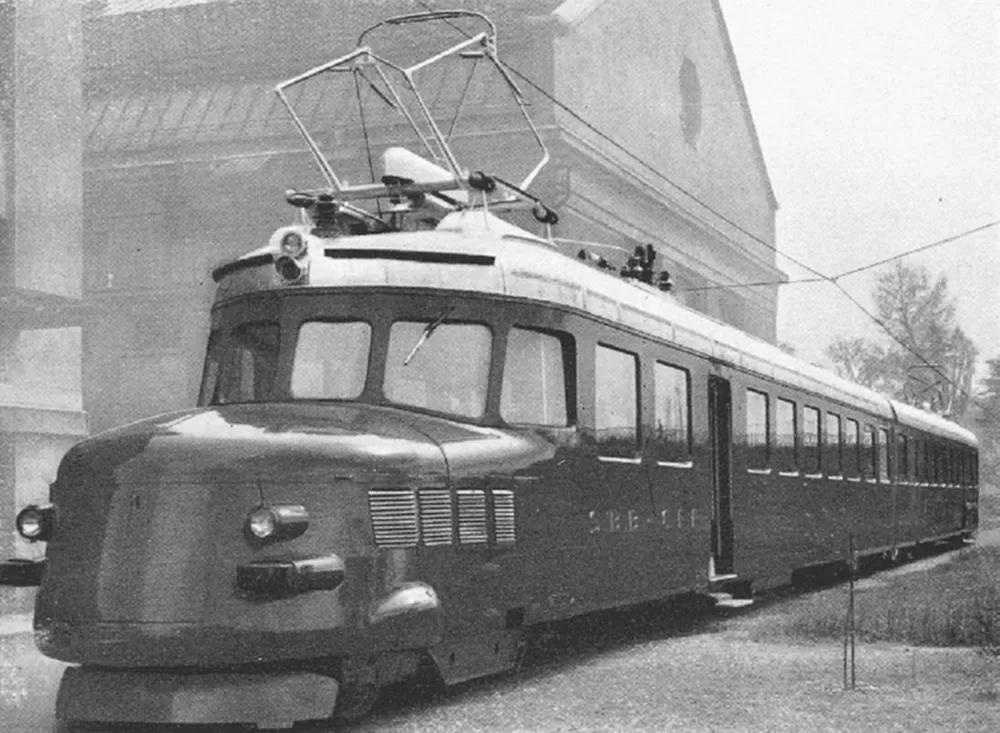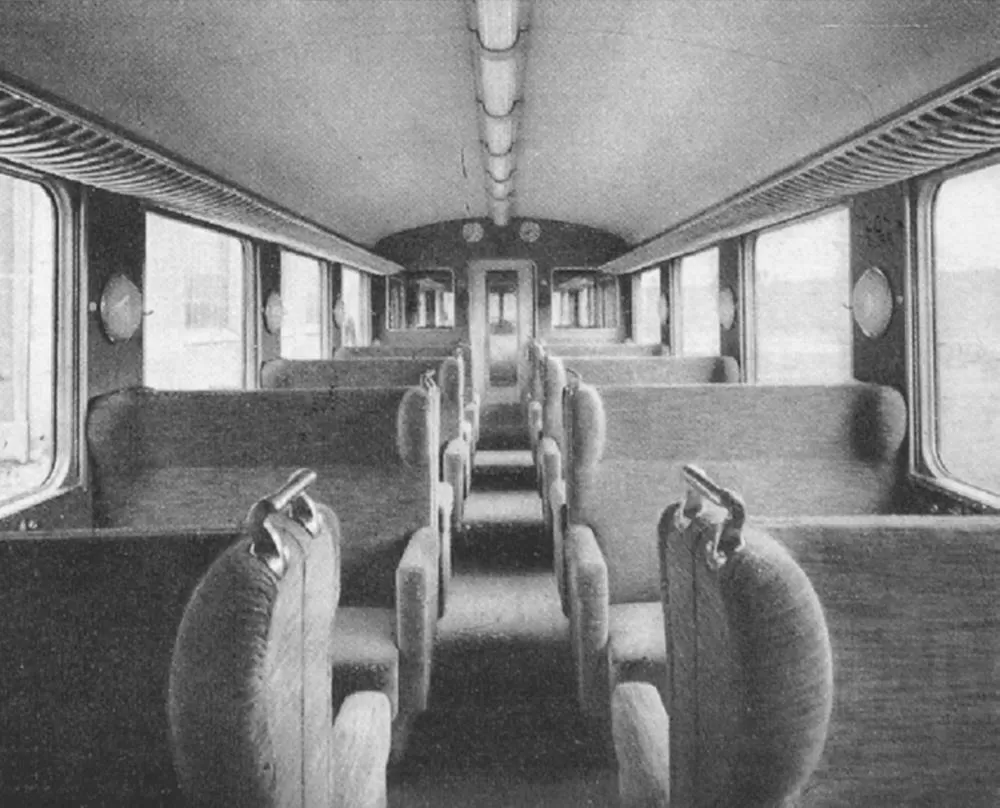
Source: Vectron X4E - flickr.com

Source: marklinfan.com

Source: marklinfan.com

Source: marklinfan.com
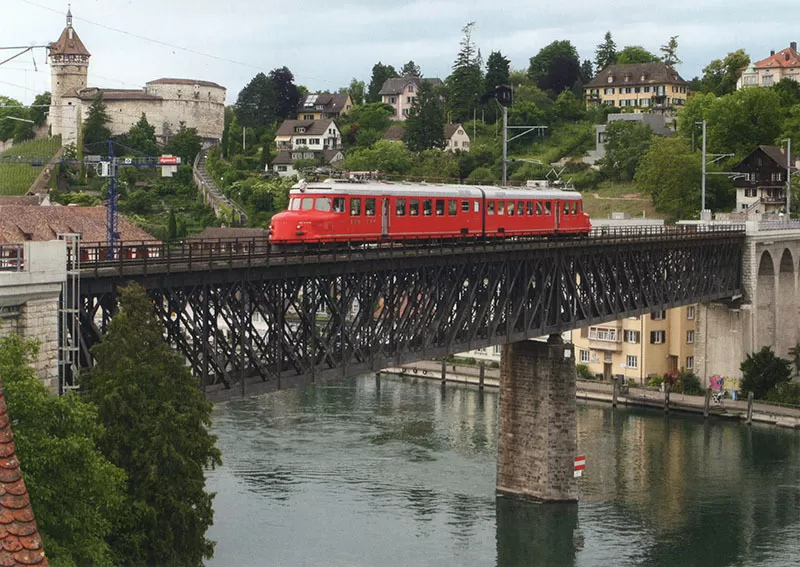
Source: marklinfan.com
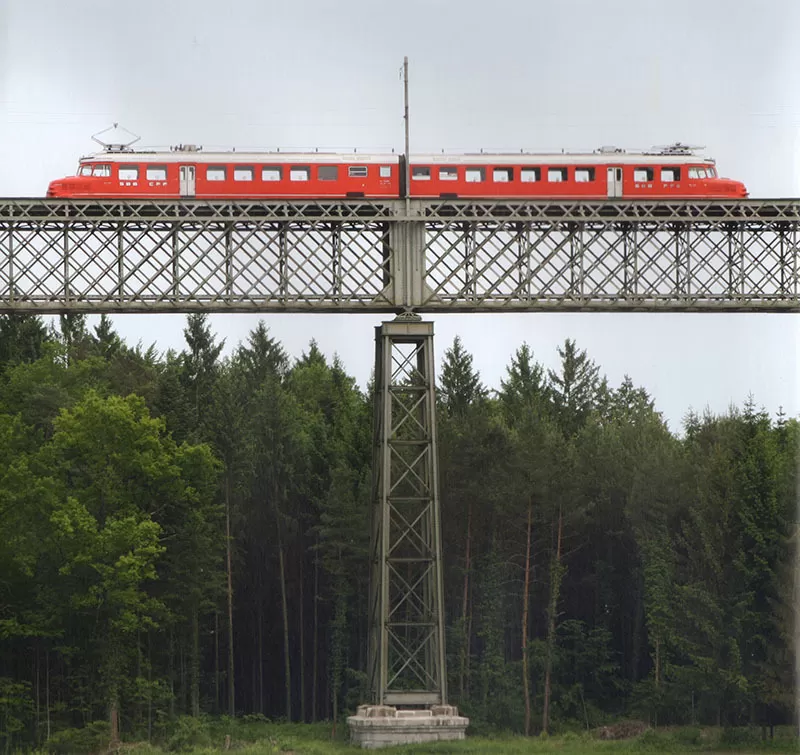
Source: marklinfan.com
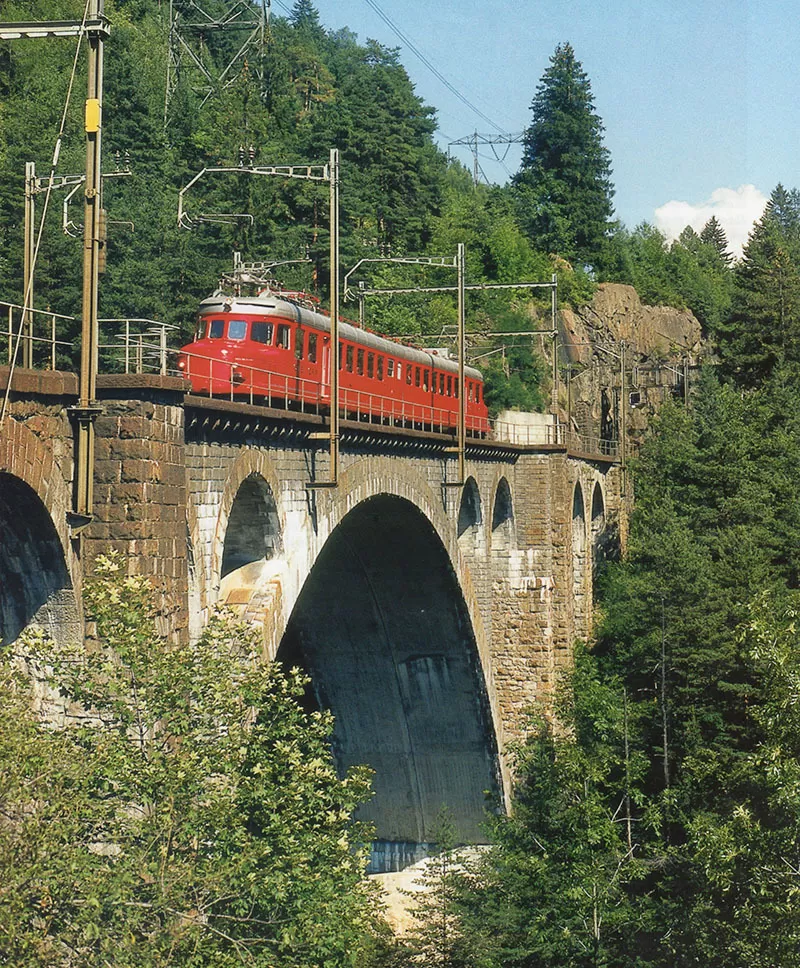
Source: marklinfan.com

Source: marklinfan.com

Source: marklinfan.com

Source: marklinfan.com
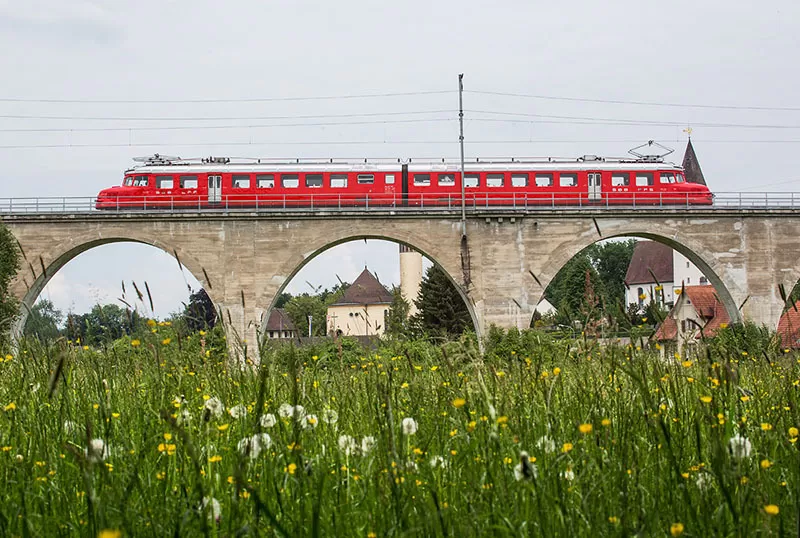
Source: marklinfan.com

Source: marklinfan.com
Also known as:
Vehicle type:
Registration country:
*the unit was designed to be able to reach the maximum speed of 150 km/h but in regular service the maximum speed in order to offer a reasonable level of comfort is 100 km/h (the maximum speed displayed in the driver's cab is 125 km/h)
1939
May
Thus, the idea for this vehicle doesn't initially come from the Swiss Federal Railways (SBB CFF FFS) but from the Swiss railway industry trying to convince the national company to acquire a new vehicle destined exclusively for charter trains and not for regular traffic. But the business model for this new activity (charter trains rented for private groups for a custom trip) is not obvious and after all the Swiss Federal Railways (SBB CFF FFS) could use vehicles from their standard fleet for this kind of activity.
But despite economic arguments being against building this new vehicle, the Swiss Federal Railways (SBB CFF FFS) get behind the idea and order one unit, mostly for the prestige of the company.
This unit is built in 1939 for the Swiss National Exhibition.
The design is largely inspired from CLe 2/4 railcars. There are no standard buffers nor a screw coupling as this unit is intended for single use. A simple tow hook is installed at both ends if the vehicle needs to be towed. All front windows are made of special safety glass and are equipped with an electric window heater.
As it is exclusively intended for charter trains and not for regular service, the unit is configured in a single class with 28x tables for 4 people each, with a total of 112x seats.
It is registered as Re 4/8 301 and is put into service in May 1939.
Sources: https://de.wikipedia.org/wiki/SBB_RAe_4/8_1021, https://www.lokifahrer.ch/Lokomotiven/Loks-SBB/Rote-Pfeile/SBB-Re_4-8.htm
1944
1946
 Winston
Churchill, aged 71, lands at Geneva Airport with wife Clementine
and daughter Mary on August 23rd, 1946. For the first weeks, they
stay at Villa Choisi in Bursinel, overlooking Lake Geneva.
Winston
Churchill, aged 71, lands at Geneva Airport with wife Clementine
and daughter Mary on August 23rd, 1946. For the first weeks, they
stay at Villa Choisi in Bursinel, overlooking Lake Geneva.On September 17th, 1946, unit RBe 4/8 301 is due to take the special guest from Pregny near Geneva to Weyermannshaus junction in Bern where thousands of people are gathered in the vicinity of the station. The journey from Geneva is completed in record time, taking 103 minutes to cover the distance of 155 km at an average speed of 88 km/h.
The party is accompanied on their journey by M. Paschoud, General Manager of the Swiss Federal Railways (SBB CFF FFS). All along the line, large crowds, including school children frantically waving Union Jacks and Swiss flags, cheered for the passing train.
Miss Mary Churchill spends part of the journey in the driver's cabin.
Punctual to the minute, the distinguished visitors arrive at a halt improvised between Weissenbühl and Wabern, which is instantly named "Churchill Station".
While stepping down from the carriage, complete with cigar, and giving the "V" sign, Mr. Churchill is vociferously cheered by a vast crowd. He is greeted by the British Minister and members of the English colony in Bern. Mr. Churchill seemed to be visibly moved by the spontaneous reception which he received and for quite a while is unable to find words to express his appreciation.
The visitors then change into horse-drawn carriages, which takes them to the "Lohn" where, during their two days stay, they are in residence as the guests of the Swiss Government.
On September 19th, 1946, Mr. Churchill leaves for Zürich where he gives a historic speech in which he calls for a “United States of Europe”, before leaving the country a day later in a special charted aircraft bound for England.
Following Mr. Churchill visit, the railcar gets its nickname Churchill's arrow (Churchill-Pfeil) or Churchill's double arrow (Churchill-Doppelpfeil).
Sources: The Swiss observer (the journal of the Federation of Swiss Societies in the UK) - Winston Churchill in the Swiss capital (1946)
1948
1956
1959
1968
1979
Unfortunately, after returning to service, it suffers a fire and is parked.
Attempts are made to accommodate the inoperable railcar as a historic vehicle in the Museum of Transport in Lucerne but they don't succeed.
1994
2002
It is registered as RAe 591 021.
2004
Do you have additional informations regarding this vehicle?
Help us writing the history of RAe 4/8 1021! Your knowledge is precious for us and the entire community, do not hesitate to share your facts, photos or videos:
Latest update on the 19th of September 2020 at 14:15
Contributor(s): Tudor C.
Discussion forum

